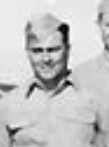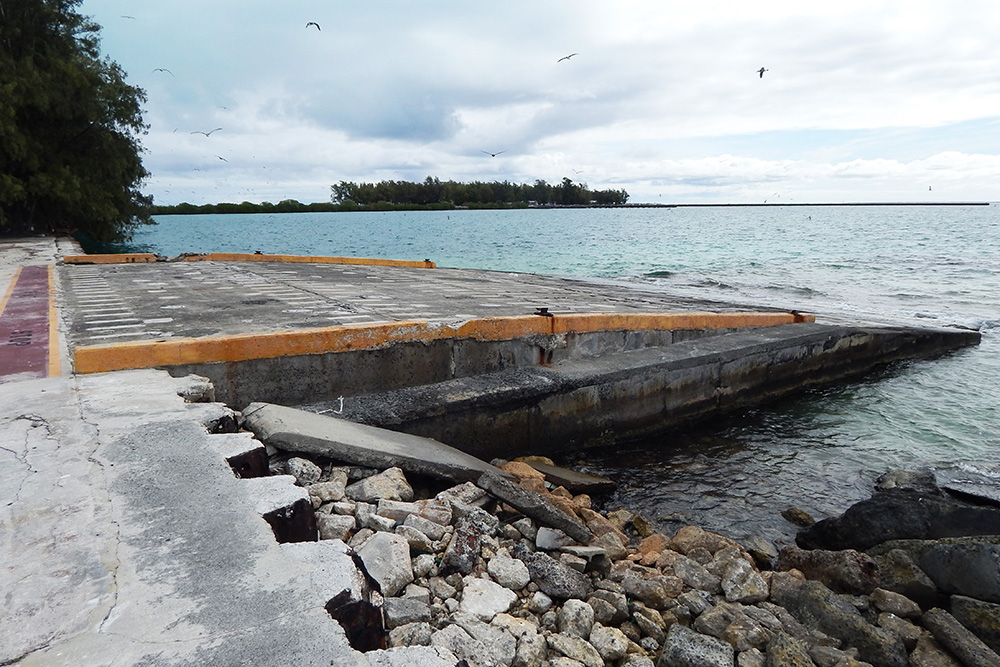Schneider, Tony Frederic
- Date of birth:
- November 11th, 1917 (Hillsboro/Missouri, United States)
- Date of death:
- October 16th, 2010 (Albuquerque/New Mexico, United States)
- Service number:
- NSN: 0-84080
- Nationality:
- American
Biography
Schneider was awarded the Navy Cross for his actions during the Battle of Midway — the first of two Navy Cross awards he earned during the Second World War, which was the early period in his 31-year-long Navy career.
He earned a mathematics degree from Westminster College in Missouri before entering Naval Officer Candidate School. He received his commission and wings in 1940.
Schneider flew Dauntless and Curtiss SB2C Helldiver dive bombers, and served aboard the Enterprise, Yorktown and Lexington aircraft carriers during World War II.
In early 1942, two months after the Pearl Harbor bombing, he took part in the raids of the Marshall and Gilbert islands from the USS Enterprise and he flew support during the Doolittle Raid on Japan, when the Enterprise accompanied the USS Hornet on its April retaliatory mission.
He attacked enemy ships and shore installations in the face of heavy anti-aircraft fire, destroying a large storehouse and damaging two bombers on the ground with near misses, his Air Medal citation for the Marshall/Gilbert raids states.
Schneider went on to earn his first Distinguished Flying Cross — he earned three in all, each while serving as a squadron commander — while leading air strikes out of Henderson Field at Guadalcanal.
The next he earned while leading a successful air strike against an aircraft assembly plant near Tokyo and the last during air strikes on Iwo Jima and Okinawa, Japan.
"His second Navy Cross was from his efforts in Operation Ten-Go wherein he, as squadron commander, led his bombing squadron against Yahagi," a Japanese cruiser, Ross Schneider said.
Tony Schneider flew no less than 60 missions during World War II in which he engaged the enemy or encountered enemy fire, missions that produced such stories as him flying his aircraft 50 feet over the water while in a dog fight and being chased by a Japanese fighter or once pulling out of a dive with bullets from enemy fire coming through the bottom of the plane — and between the gunner's legs — striking the metal plate behind the head of Schneider's cockpit seat.
He talked about being aboard an aircraft carrier as it was struck by a kamikaze.
Schneider held numerous positions after the war, his son said.
He served with the advanced training command at Naval Air Station Jacksonville, Fla., and then as tactics development officer for an anti-submarine warfare submarine squadron at Key West.
He worked at the Pentagon from 1951-53, writing tactical publications for anti-submarine warfare and all-weather operations, and next was stationed in San Diego and Hawaii as a squadron commander of an all-weather night fighter squadron flying F3D Skyknight aircraft.
He became executive officer of the University of Louisville's Naval ROTC program before being named executive officer of the USS Bon Homme Richard aircraft carrier. He attended the Naval War College, and received his master's degree in foreign policy from Boston University in 1962.
Schneider was an assistant of the North American Aerospace Defense Command, or NORAD, from 1962-65. He joined the University of New Mexico faculty in 1965 as professor of naval science and commanding officer of the NROTC. He left in 1968.
He became airbase commander at Subic Bay, Philippines, thereafter, and lastly served as an inspector general for the Navy.
Schneider, who retired as a captain in 1970, died Oct. 16 after suffering a stroke.
Do you have more information about this person? Inform us!
- Period:
- Second World War (1939-1945)
- Rank:
- Lieutenant
- Unit:
- Bombing Squadron NINE (VB-9), U.S.S. Yorktown (CV-10), U.S. Navy
- Period:
- Second World War (1939-1945)
- Rank:
- Ensign
- Unit:
- Bombing Squadron SIX (VB-6), U.S.S. Enterprise (CV-6), U.S. Navy
- Awarded on:
- March 1943
Bureau of Naval Personnel Information Bulletin No. 312 (March 1943)
- Period:
- Second World War (1939-1945)
- Period:
- Second World War (1939-1945)
- Period:
- Second World War (1939-1945)
- Awarded on:
- 1945
- Period:
- Second World War (1939-1945)
- Period:
- Second World War (1939-1945)
- Awarded on:
- February 1942
- Period:
- Second World War (1939-1945)
- Period:
- Second World War (1939-1945)
- Period:
- Second World War (1939-1945)
- Period:
- Second World War (1939-1945)
- Period:
- Second World War (1939-1945)
- Period:
- Second World War (1939-1945)
- Period:
- Second World War (1939-1945)
- Period:
- Second World War (1939-1945)
- Period:
- Second World War (1939-1945)
- Period:
- Second World War (1939-1945)
Sources
- - Recipients of The Navy Cross, 1916 - Present, by C. Douglas Sterner
- abqjournal
- Navy Cross - World War II - Navy - S – Home of Heroes %












